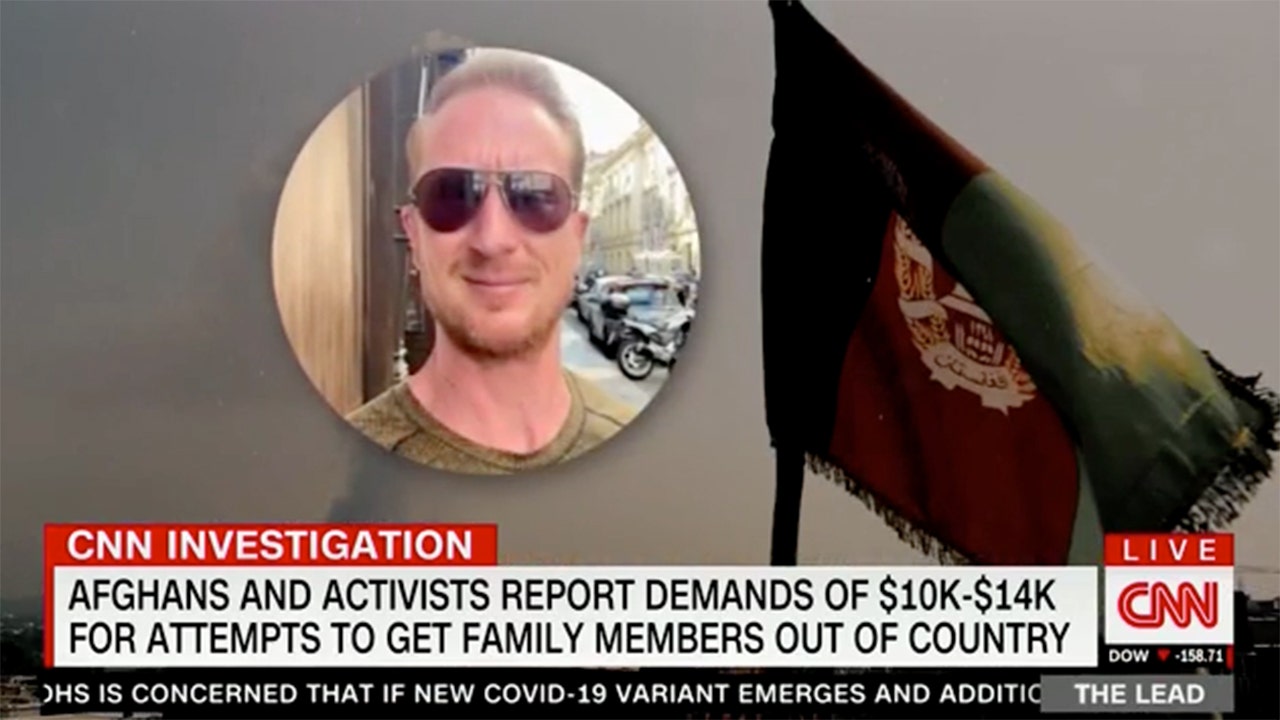The notion of two men fighting over a woman is deeply ingrained in popular culture. From Shakespeare’s Twelfth Night to James Cameron’s Titanic, there’s no shortage of macho men engaged in rivalry and feuding over a love interest. But art imitates life. Intrasexual competition is a defining feature among virtually all species, as any nature documentary with head-butting reindeer will tell you.
In humans, the difference in the cost of sex is particularly high. Men could theoretically reproduce with thousands of women over their lifetimes, whereas women can only have so many children and are burdened by long and dangerous pregnancies. It follows that women are naturally picky with whom they choose to mate. To adapt, men typically have two strategies. One is to make themselves as attractive as possible by signaling appealing features. The other strategy is simply putting other men down so they are perceived as the best option.
But are women any different? A new study sheds new light on a less explored facet of intra-sexual competition among women.
Psychologists at Texas A&M International University found that women were more likely to make aggressive derogatory statements about other women with larger breasts.
The threat of rival breasts
The researchers focused on breast morphology, particularly size and firmness, given its significance in male mate choice. For their study, the authors recruited 114 predominantly Hispanic heterosexual women from Texas A&M International University. Participants, averaging 24 years old, were shown 12 images depicting variations in breast size and ptosis (sagging). These images were standardized, showing only the area between the lower neck and the upper torso, to isolate breast size and sagginess as the variables of interest. The breast size ranged from size A- to D-cup, with no, low, and high sagging.
Participants rated their likelihood of engaging in verbal and indirect aggression toward the women shown in the images. Verbal aggression included actions like yelling or name-calling, while indirect aggression involved gossiping or spreading rumors. Additionally, participants completed the Intrasexual Competition Scale to measure their general propensity to compete with others of the same sex.
Results showed that women with D-cup breasts were most likely to be targeted by derogation tactics, followed by those with C-cup breasts. Conversely, women with A-cup and B-cup breasts were less likely to face such competitive behaviors. Notably, the level of breast ptosis did not significantly influence these behaviors.
“The use of rival derogation strategies through verbal and indirect means is highly effective, as they are aimed at maximizing harm to rivals while minimizing the risk of a retaliatory attack. Furthermore, derogation can also have long-lasting effects on victims, such as a damaged reputation, which may affect their reproductive opportunities; and if the perpetrator of the derogation is attractive, it can positively benefit her,” wrote the researchers.
Interestingly, the study found no significant correlation between a participant’s general competitive disposition and their likelihood of engaging in derogation tactics. This suggests that certain competitive behaviors may be universally triggered by certain physical traits rather than individual differences in competitiveness. Breast sagginess also did not emerge as a factor influencing such competitive behaviors.
“The findings underscore that larger breast sizes are a more potent trigger for rivalry among women, leading to strategic non-physical derogation tactics,” the researchers wrote in their study.
More factors to consider
These findings align with evolutionary theories that physical attributes linked to fertility and reproductive value drive mate competition. Women with larger breasts may be perceived as more attractive to men, thus posing a greater threat in the context of mate competition. This perception triggers competitive behaviors aimed at reducing the attractiveness and social standing of perceived rivals.
However, there are limitations to consider. The sample was predominantly Hispanic and from a university setting, which may limit the applicability of the findings to other cultural or age groups. The study also relied on a limited set of manipulated images, omitting other influential factors such as cleavage exposure or clothing.
“The current study focused on a primarily Hispanic female sample, for which a previous study showed that larger breasts were considered threatening and were associated with increased intrasexually competitive behavior, but larger breasts are not always perceived as sexually attractive. This warrants further exploration of the cultural dynamics of intrasexual competition and women’s breast morphology,” the researchers said.
The findings appeared in the journal Sexes.
Thanks for your feedback!













/https://tf-cmsv2-smithsonianmag-media.s3.amazonaws.com/filer_public/d1/82/d18228f6-d319-4525-bb18-78b829f0791f/mammalevolution_web.jpg)






Discussion about this post